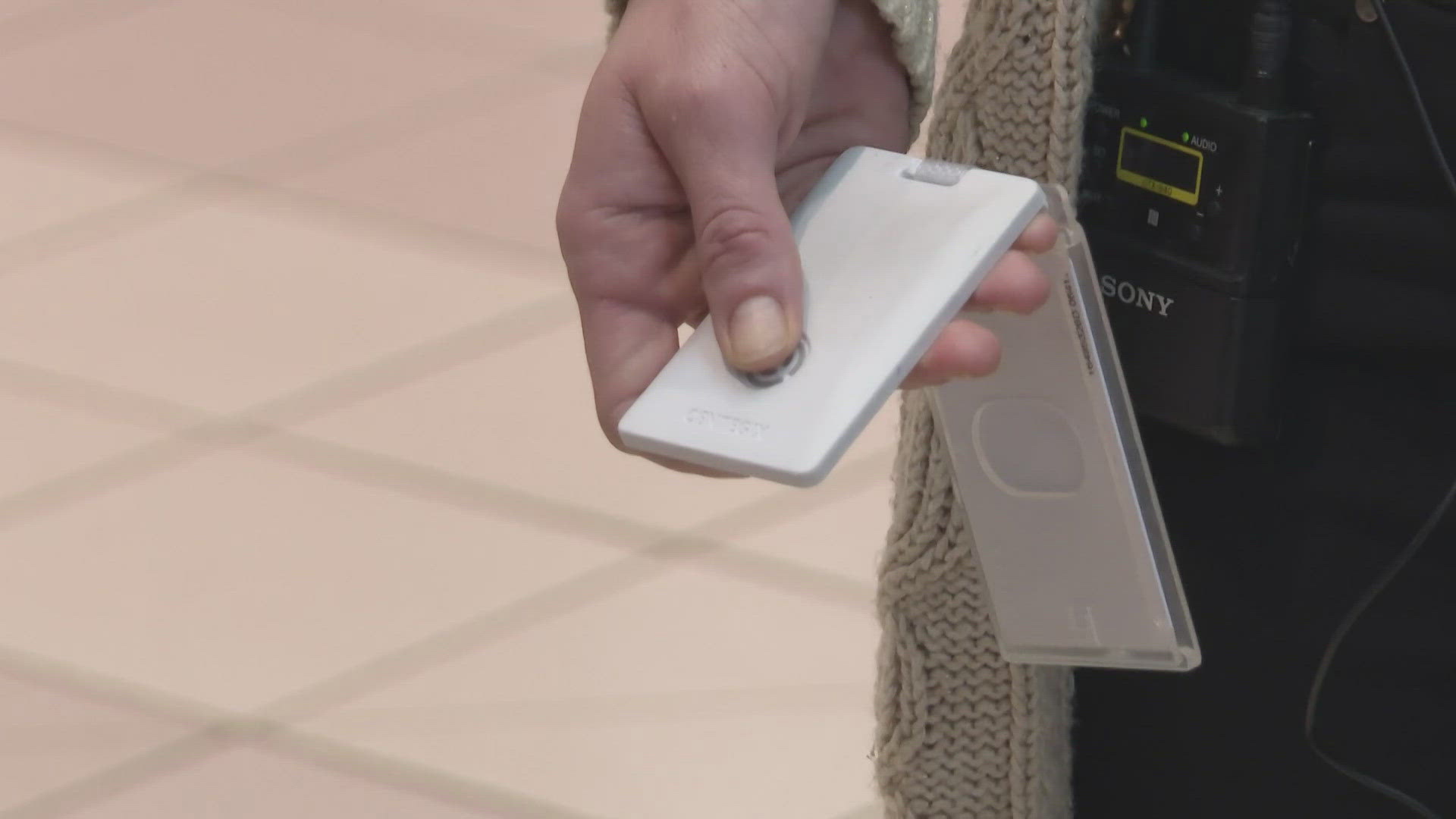BROADVIEW HEIGHTS, Ohio — The safety device credited with helping to save lives during a Georgia school shooting in early September is being implemented in more schools in Northeast Ohio.
“As soon as an emergency arises, we press our button,” says Stephanie Buda, a science teacher at Brecksville-Broadview Heights High School. “It’s very reassuring to know that in any circumstances, the administration, the entire team, will be at my room or at my location within a minute or sooner.”
The system is called CENTEGIX CrisisAlert. It employs a wearable mobile panic button that instantly provides alerts during an emergency.
CrisisAlert gained national notoriety when law enforcement credited the alerts with helping the response time to the shooting at Apalachee High School in Georgia.
Four people were killed, but according to NBC News, authorities say the system helped prevent the shooting “from being a much larger tragedy.”
The Brecksville-Broadview Heights School District implemented the technology this school year. According to a representative from CENTEGIX, a Georgia-based safety solutions company, about 20 districts in Ohio are using the devices.
“Every second in a school emergency counts, no matter if it's a student dealing with a medical condition or an active shooter in your building,” Jeff Harrison, the superintendent of the Brecksville-Broadview Heights School District, explains.
Harrison says all 500 district employees will have access to the devices.
“It's just another tool in the tool belt,” he adds.
The CENTEGIX CrisisAlert has two levels of notification. Level I initiates a staff alert when a panic button on the assigned badges is tapped three times. A notification is sent to those on site with a map showing who sent the alert and they’re location on campus. According to CENTEGIX, medical or behavioral issues like fights are the most common use for Level I alerts.
“I have a student with a medical need that needs care beyond what I can provide in my classroom,” Buda said. “I'm able to press my button and that alerts the administrators to come to the student's attention.”
If a staff member continuously taps the button, a Level II alert is issued. The campus goes into lockdown and police are instantly notified.
“The quicker we can get help, the more lives we're going to save and the safer we're going to be as a building,” Harrison states.
He says the district is making a five-year $160,000 investment to use the technology.
“A lot of that investment is up front setup,” Harrison explains. “But it is a yearly building fee of $8,000 and we believe that $8,000 for each one of our buildings is a great investment of our resources to help protect our students and staff.”
Senate Bill 313, also known as Alyssa’s Law, would require public and chartered nonpublic schools to implement a wearable panic alert system.
The legislation was introduced in the Ohio Senate on Sept. 10 and is named after Alyssa Alhadeff, a 14-year-old girl killed in the 2018 mass shooting at Marjory Stoneman Douglas High School in Parkland, Fla.
According to Make Our Schools Safe, a nonprofit started by the Alhadeff family, seven states have passed the legislation to date.

